Elk hunting in Montana on public lands has become a top choice for those seeking both an affordable and highly rewarding hunting experience. Pursuing a DIY elk hunt in the state is as much a test of patience and physical endurance as it is a thrilling pursuit.
In the upcoming sections, I’ll be your guide through this wild pursuit, revealing insider tips on gear, hunting hotspots, essential strategies, and the best methods for field dressing your giant bull once you’ve successfully bagged it.
Whether you’re drawn to hunting for a sense of freedom and self-reliance or simply to stock your freezer with top-notch wild game, this article is your ticket to a successful DIY Montana elk hunting season.
- Related article: Hunting Elk in Montana
So, if you’re ready to up your hunting game on vast stretches of unspoiled Montana beauty, read on. Let’s dive in, and may your next hunting trip be not only exciting but immensely satisfying.
7 Key Takeaways on DIY Montana Elk Hunting Guide
- Essential gear for elk hunting includes a quality rifle, binoculars, a durable backpack, and appropriate clothing for layering.
- Some of the best hunting districts in Montana include Unit 411, 393, and 540.
- Elk hunting can be strenuous, so hunters should prioritize physical fitness.
- Learning the art of elk calls can improve your chances of drawing them in.
- Ensuring proper field dressing is crucial to preserve the meat and ready it for transportation.
- Proper handling of elk contributes to a sustainable harvest and a delicious reward.
- A DIY elk hunt in Montana requires proper planning, physical and mental toughness, and the right equipment for an awesome hunting experience.
DIY Montana Elk Hunting Guide
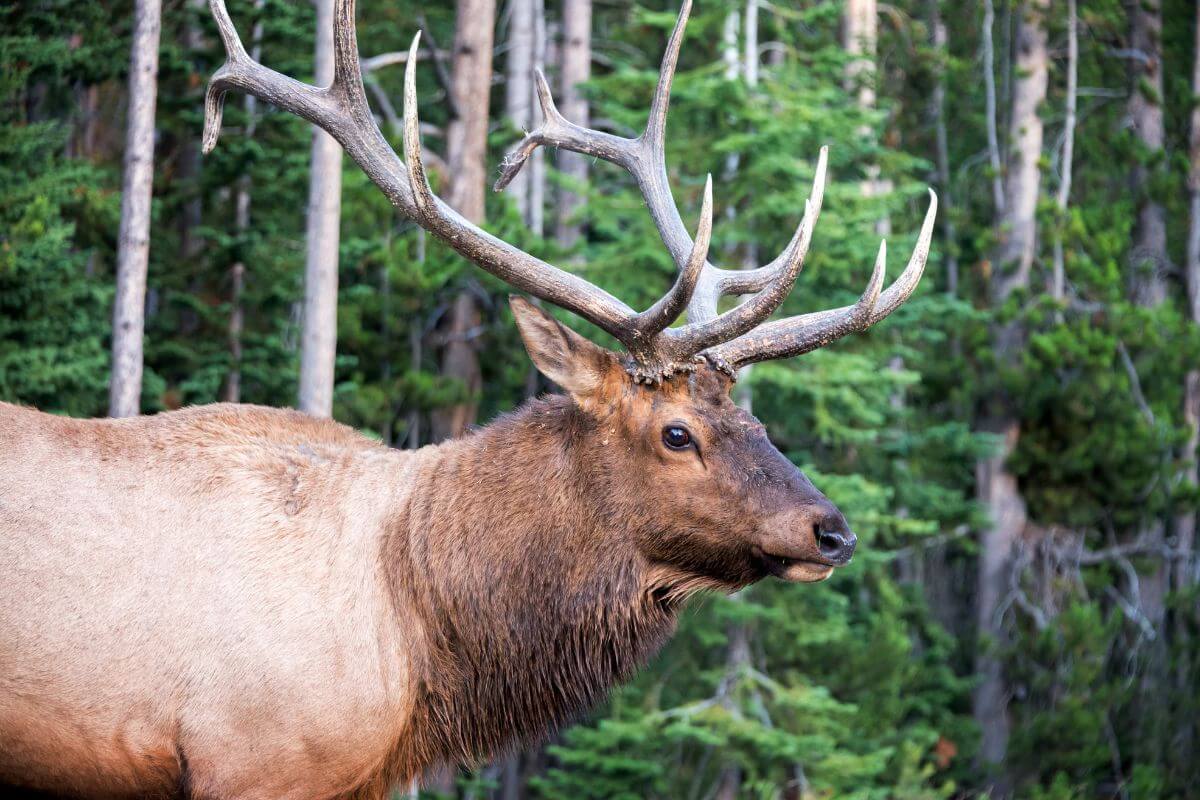
Embarking on a DIY Montana elk hunt can be an exhilarating experience for outdoor enthusiasts. While the prospect may seem daunting, preparing well and understanding the local terrain can significantly up your chances of a successful encounter with these majestic animals.
But just remember, you’re stepping into the elk’s natural habitat – approach with respect and appreciation for the environment.
1. Montana Elk Hunting Gear
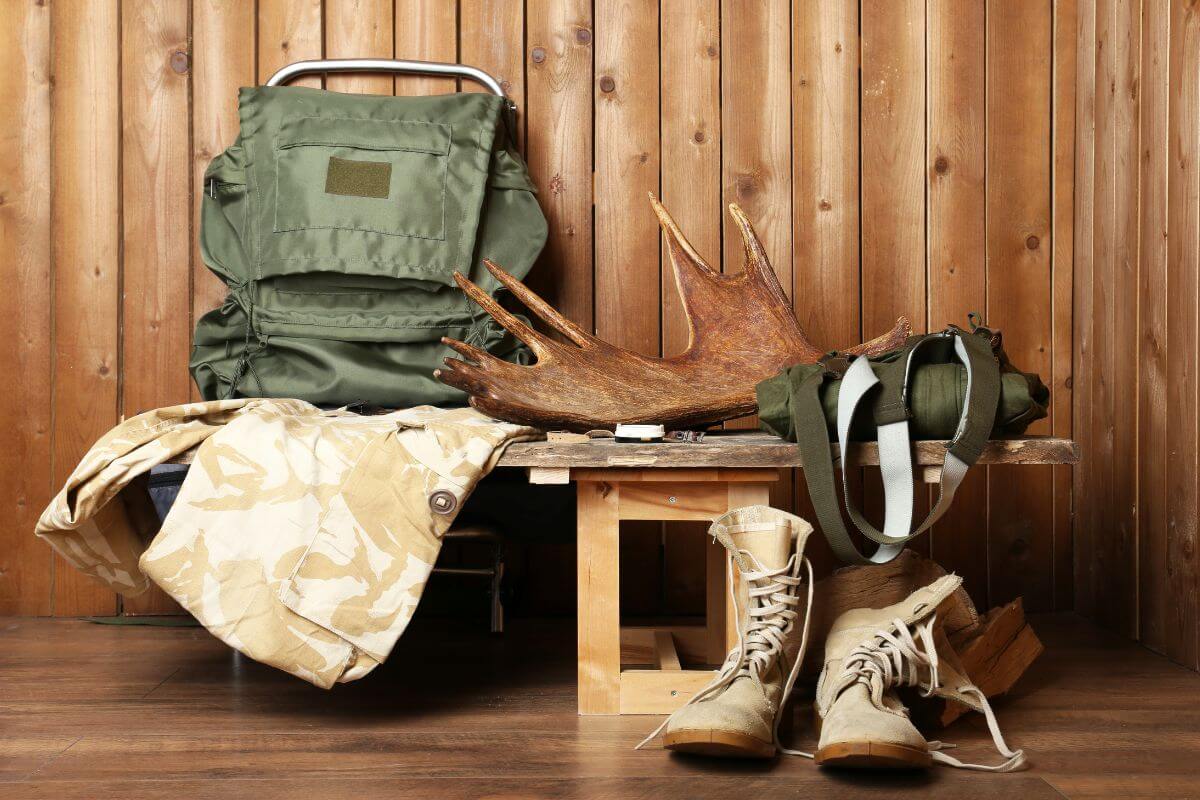
When it comes to Montana elk hunting, the right gear can make or break your adventure. Here’s a checklist tailored to ensure your DIY elk hunting is both successful and secure:
- Rifle or Bow – Choose a reliable rifle or bow suitable for elk hunting. Make sure you’re well-versed in its operation.
- Ammunition or Arrows – Carry enough for your entire trip. Account for potential missed shots and practice sessions.
- Hunting Clothing – Camouflage gear, waterproof jacket and pants, and insulating layers. Dress in layers to adapt to the changing Montana weather.
- Best Boots – Sturdy and waterproof for variable terrains. Remember to break your hunting boots in before your hunt to avoid blisters.
- Backpack – Durable and spacious for all your gear, extra clothing, food, and water. Look for one with a built-in hydration system.
- Optics – Binoculars to spot elk from a distance. Rifle scope or bow sight for precision.
- Game Calls – Elk calls to attract your prey.
- Map and Compass/GPS – Detailed topographic map and navigation tools. GPS or mobile device with offline maps as backup.
- Tent and Sleeping Bag – Lightweight and suitable for the weather. Prioritize warmth and comfort for a restful night’s sleep.
- Cooking Equipment and Water Filter – Portable stove, cookware, and water purification for campsite meal prep. Filters or purifiers for clean drinking water on the go.
- Knife and Knife Sharpener – A sharp and durable knife for field dressing and a sharpener to keep it sharp.
- First Aid Kit and Emergency Supplies – Basic first aid supplies and signaling devices. Don’t overlook items for snake bites or other wildlife encounters.
- Hunting License and Tags – Ensure you have all required licenses and tags for Montana elk hunting. An over-the-counter tag is the key that unlocks your DIY hunting adventure.
- Bear Spray – In a state where elk roam as freely as the wind, bear deterrents are more than just a safety precaution.
- Other Must-Haves – Headlamp or flashlight, waterproof matches, and emergency blankets.
Load up this suggested gear checklist before venturing into the wilds on a DIY elk hunt, and may the spirit of the hunter guide your steps.
2. Montana Elk Hunting Best Spots

In the western half of Montana lies a secret that elk hunting enthusiasts like me are sharing with you. The old-growth evergreen forests here are an elk hunter’s paradise, undeniably rich in game.
Top Spots for Your Montana Elk Hunting Adventure:
| Top Elk Hunting Spot | Description |
|---|---|
| District 411: Snowy Mountains | A great choice for a more solitary elk hunting experience. Elk herds are abundant, providing a chance to spot these majestic animals with fewer crowds. |
| District 393: East Bridger | Head to the east side of Bridger Mountains for an excellent chance of encountering majestic bulls. This area offers a great hunting habitat with large herds, often including some of the biggest bulls. |
| District 540: South Little Belt Mountains | Teeming with wildlife, this district offers high chances of finding your ideal elk, assuming you’re lucky enough to draw a tag. |
These spots aren’t just names on a map, they are immersive experiences where the thrill of the hunt and the stunning natural scenery come together.
So, whether you’re after solitude in the Snowy Mountains or aiming for a big bull in East Bridger, these spots are your best bet to bring home unforgettable hunting memories.
3. Montana Elk Hunting Tips
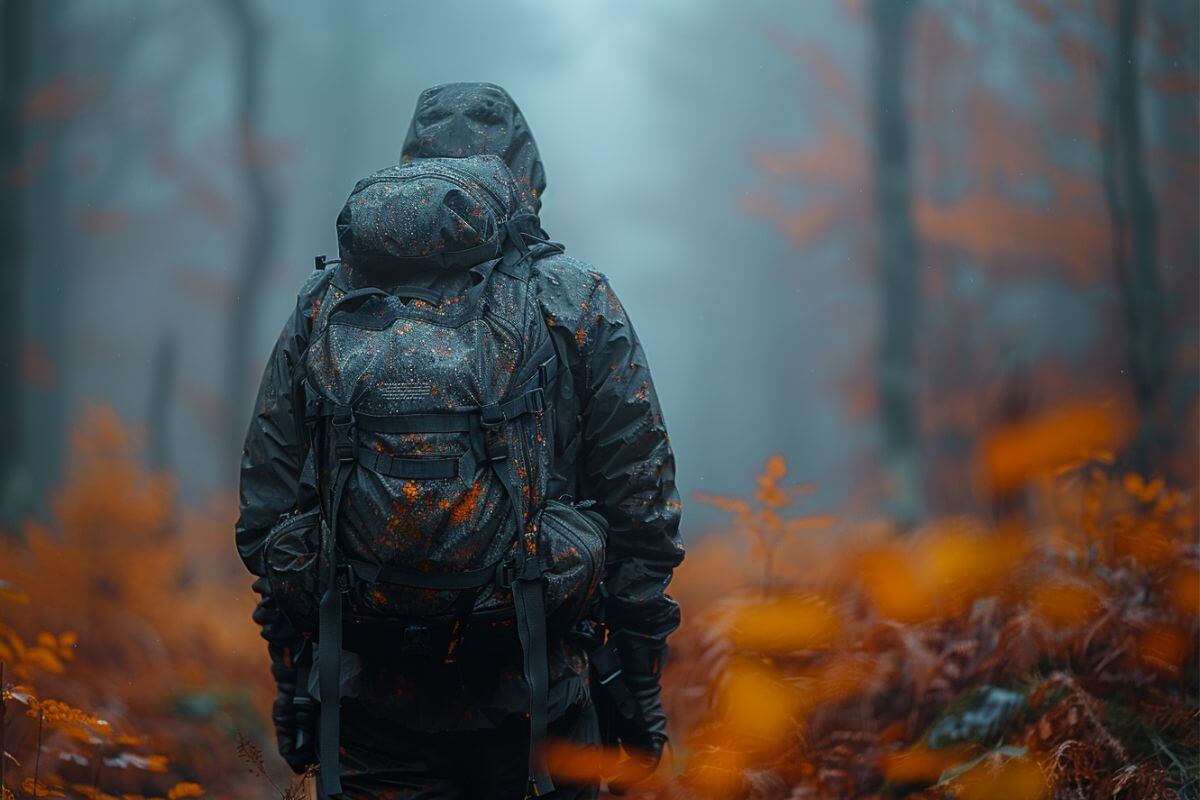
If you’re considering a DIY elk hunting trip in Montana, there are a few important hunting tips to keep in mind:
- Determine the Right Spot – Research and walk the land. Different terrains require different strategies, so give this step the attention it deserves. Consider what environment you feel most comfortable in.
- Financial Preparedness – Budget wisely; a DIY elk hunt has an average cost of about $1,500, more or less, but it’s a price worth paying. Your major costs will be licenses, gear, travel, and maybe a taxidermist fee if you’re lucky. Expect varying prices for licenses based on type and residency.
- Physical Readiness – You need to prepare months in advance for the physical demands of elk hunting. A general fitness routine is handy, but make sure to focus on cardio and muscle-building leading up to the hunt.
- Mental Toughness – Learn to expect the unpredictable; it’s all part of the DIY experience. DIY elk hunting is as much a test of your problem-solving skills as it is of your marksmanship.
- Equip Yourself – Prioritize elk calls and an elk decoy for a more fruitful hunt. A great call might sound simple, but it can make all the difference. To appeal to a mature bull’s senses, combine calling, scents, and decoying tactics.
For a truly DIY elk hunting experience, you can scout for yourself or consider unguided hunts with companies like:
| Company | Description |
|---|---|
| Rhynard Ranch | Offers unguided elk hunting in a nearly 4,000-acre area adjoining the National Forest. Public entry is moderate during archery season and limited during the gun season. Provides essential information about the landscape and support for your hunt. |
| Montana Llama Guides | Recognizes the importance of DIY archery elk hunts. For a more creature-comfort approach, their 6-day Montana elk hunts take care of everything except the hunting itself. |
Both offer you the resources to hunt independently. They provide the necessary accommodations and support for a successful DIY hunt in Montana.
Elk hunting is not just about the kill; it’s about ensuring the animal doesn’t suffer, making every shot count, and being fully informed and prepared ahead of time. With the right money, fitness, and state of mind, you can relish your elk hunt.
4. Montana Elk Field Dressing and Processing
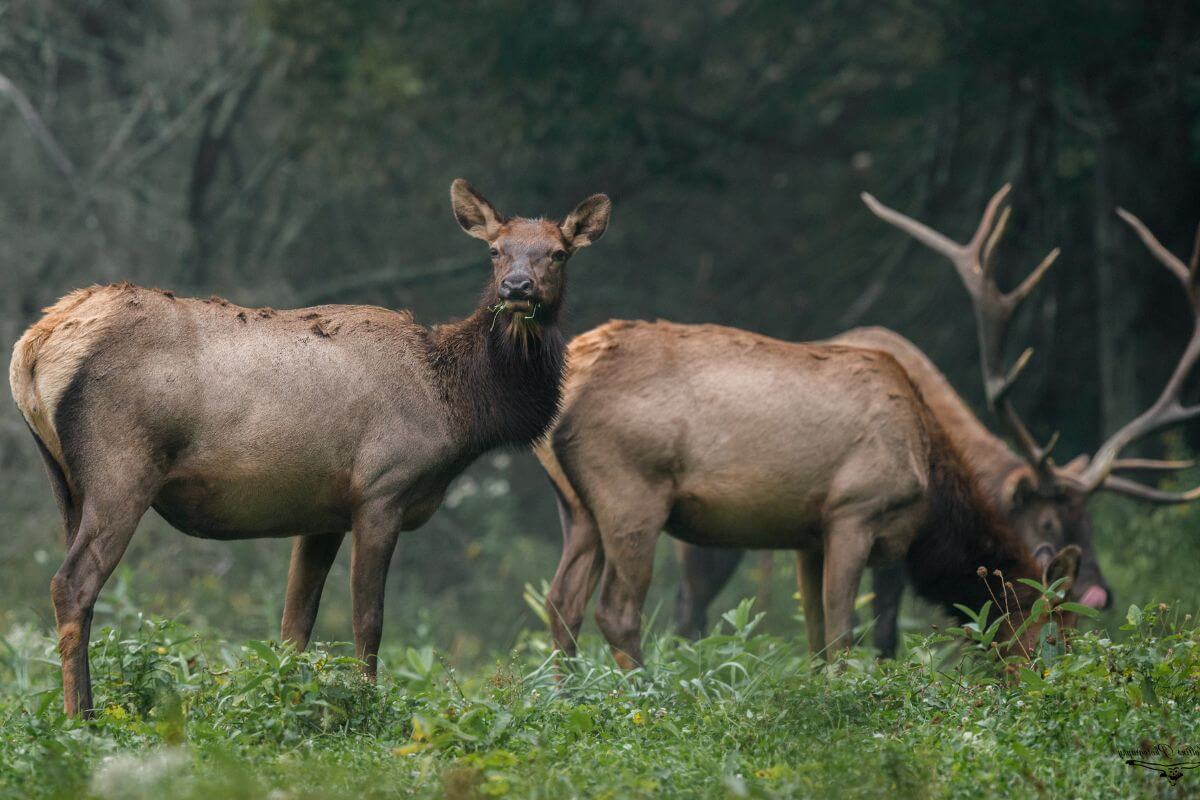
You’ve bagged the giant bull elk, but there’s still work to be done before you can savor the fruits of your labor in a succulent meal. Field dressing and processing elk in Montana requires specific steps and equipment to ensure the meat is properly handled.
How to Field Dress an Elk:
- Safety First – First off, safety is non-negotiable. Gloves and eye protection are must-haves, and you should have a sharp knife at the ready.
- Tag the Elk – Before starting, be sure the elk is properly tagged as required by hunting regulations.
- Position the Elk – Flip the elk onto its back and if feasible, keep the chest cavity propped open to facilitate ventilation.
- Incise the Hide – Make a vertical incision from the pelvic area of the elk up to the chest, being careful not to puncture the intestines.
- Remove the Viscera – Begin removing the organs of the elk by cutting through the pelvic bone to expose the internal cavity.
- Disconnect Organs – Sever the windpipe and esophagus of the elk. Then free the diaphragm, and remove the heart and lungs.
- Save the Tenderloins – Remove and save the prized tenderloins on either side of the spine of the elk.
- Prepare for Packing – Extract any lingering internal organs and blood of the elk. If possible, keep the chest open to facilitate the cooling process.
Meat Processing of an Elk:
- Quarters and Remove Backstraps – To break down the carcass, start with the quarters and backstraps and then move on to the front quarters.
- Bone Out Meat – Debone the meat as much as possible to reduce extra weight for easy packing.
- Packaging – Make use of game bags to keep the meat safe. If you have a cooler, add some ice or ice packs to it and pack the meat along with it while you are moving it from one place to another.
- Camp Meat Processing – If you’re camping, you can process additional cuts like roasts and steaks to your liking.
- Caring for the Cape – If you plan on preserving the cape for a taxidermist, carefully skin the head, ensuring you leave as much fur as possible.
- Bone Broth and Miscellaneous – You can also consider making a hearty bone broth from the bones and leftover trimmings.
- Proper Packing – Properly pack the meat in your backpack or game bags, ensuring even weight distribution.
By following these steps and using the necessary equipment, you can ensure the proper handling of your elk in Montana. And remember, proper game retrieval and meat handling not only enable you to take home a delicious reward but also contribute to a sustainable harvest.
DIY Montana Elk Hunt Final Thoughts
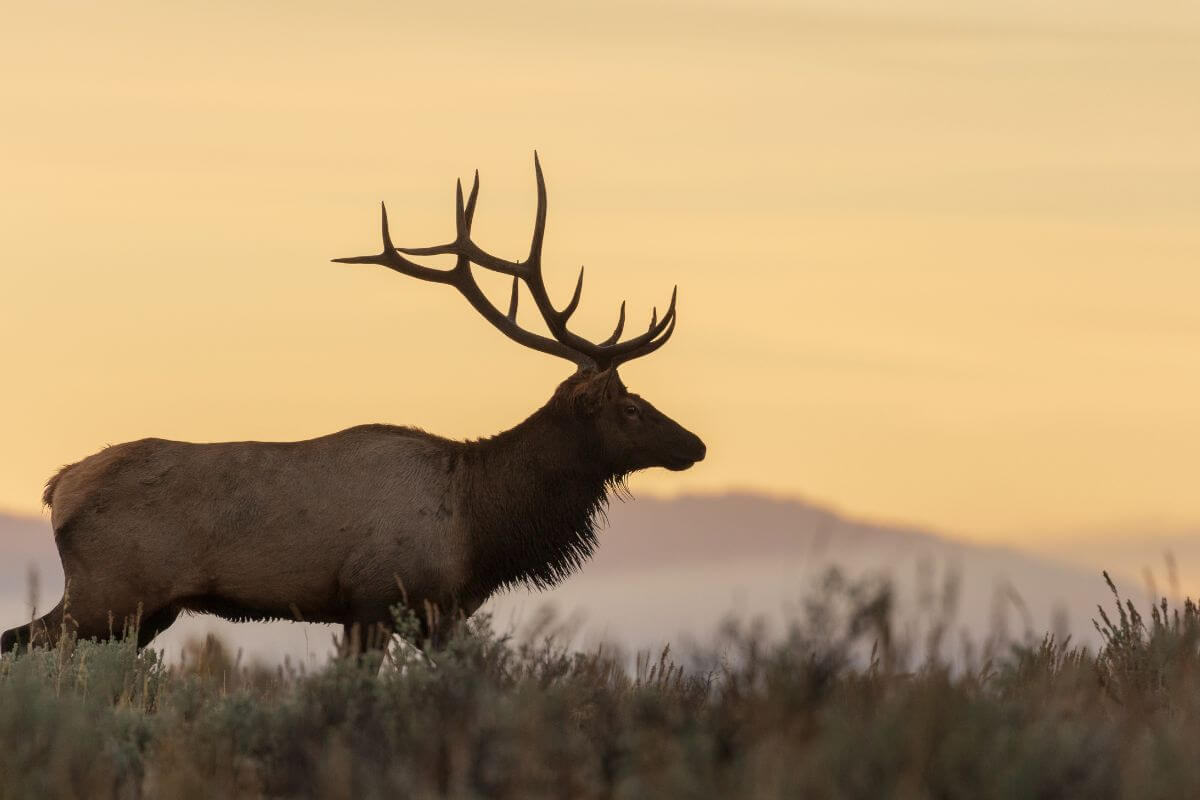
Embracing a DIY elk venture in Montana requires meticulous preparation, respect for nature, and cautious optimism. From understanding mastering calling techniques to procuring the essential gear and knowing top hunting spots, this guide equips you with an unforgettable wildlife encounter.
Remember, your quest isn’t just about taking down a prized elk; it’s about exploring and protecting Montana’s natural beauty.
So, as you venture out into the expansive Treasure State, arm yourself not just with equipment but also a deep sense of appreciation for the wild. Here’s to a safe, successful elk hunt in the Big Sky Country – may the thrill of the chase and the perfection of nature’s bounty be forever etched in your memory.
DIY Montana Elk Hunt FAQs
1. Can You Hunt Elk on Your Own Property in Montana?
In Montana, you generally need a valid hunting license even if you are hunting elk on your own property. However, landowners may qualify for certain privileges, such as Landowner Preference or Block Management programs, which can provide additional hunting opportunities.
2. How Much Does a Guided Montana Elk Hunt Cost?
The cost of a guided elk hunt in Montana can vary widely depending on factors such as the length of the hunt, the quality of accommodations and meals provided, the reputation and experience of the outfitter, and the services included (such as transportation, trophy care, etc.).
On average, guided elk hunts in Montana can range from $3,000 to $10,000 or more per hunter.
3. How Do Nonresidents Hunt Elk in Montana?
Nonresidents can hunt elk in Montana by obtaining a nonresident big game license, applying for elk permits through a lottery system, and adhering to state hunting regulations. Optional steps include hiring an outfitter for guided hunts, and being respectful of private land access.
4. How Much Is a Nonresident Elk Tag in Montana?
The cost of a nonresident elk tag in Montana varies depending on the type of license or combination. Nonresident elk tags can range from approximately $400 to $1,250 or more.
5. What Is the Best Unit to Hunt Elk in Montana?
Determining the best hunting unit for elk in Montana depends on factors such as personal preferences, terrain preferences, and elk populations, which can vary. Units with known elk populations include Hunting Unit 411 in the Snowy Mountains and Unit 393 in the Bridger Mountains.
Ready for more adventure? Check out more articles about Montana below:

